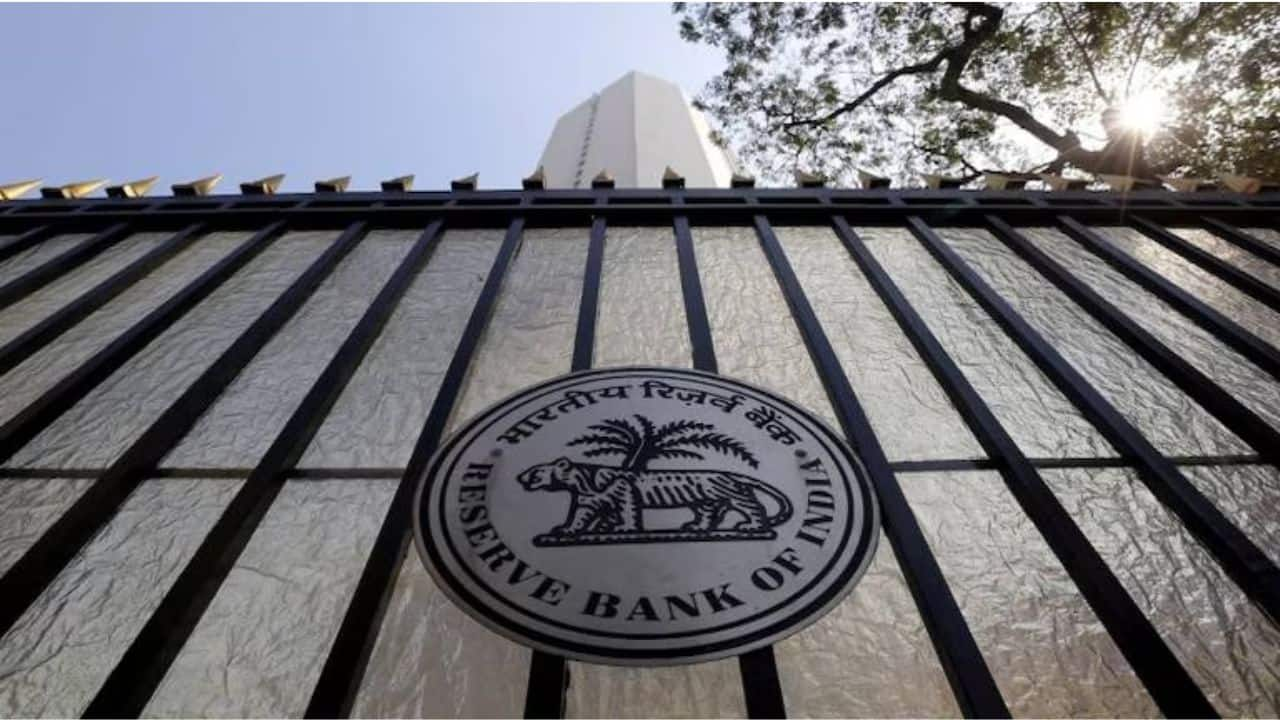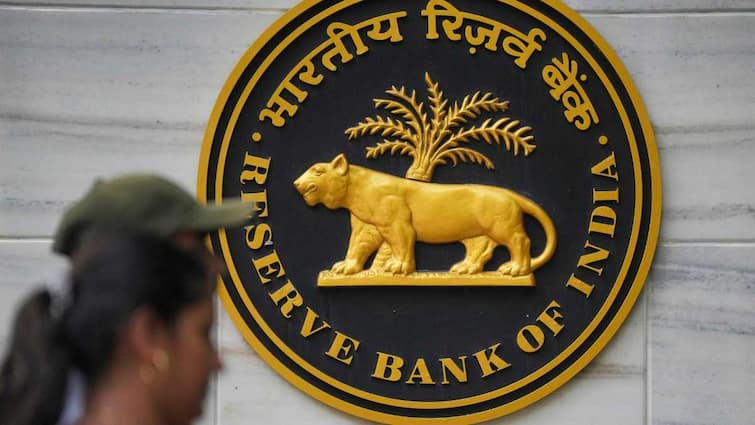Summary
The RBI has signalled its willingness to move quickly, decisively, and unconventionally. But monetary policy can only set the stage. It is now up to the private sector, financial institutions, and investors to read the signal and act.
Source: Moneycontrol

AI News Q&A (Free Content)
Q1: What bold moves has the RBI made in its recent monetary policy, and how might they influence India Inc?
A1: The Reserve Bank of India (RBI) has maintained its repo rate at 6.50% as of October 2023, signaling a continuation of its 'withdrawal of accommodation' stance. This decision aims to manage inflation within the target range and implies a tight monetary policy. The RBI's approach is expected to set a stable financial environment but requires India Inc to adapt by possibly reassessing their borrowing and investment strategies to align with these monetary conditions.
Q2: How does the RBI's current monetary policy stance compare to its historical approaches in managing economic stability?
A2: Historically, the RBI has utilized a variety of tools, including interest rate adjustments and open market operations, to influence economic stability. The recent decision to keep the repo rate unchanged reflects a cautious approach to maintain economic stability amidst global uncertainties. This strategy contrasts with past aggressive rate cuts aimed at stimulating growth during economic downturns, illustrating the RBI's adaptive policy-making in response to evolving economic conditions.
Q3: In what ways might the RBI's monetary policy impact the stock market in India?
A3: The RBI's decision to maintain the repo rate at 6.5% has had a positive impact on the stock market. Following the announcement, both the BSE Sensex and the NSE Nifty indices rose, indicating investor confidence in the RBI's monetary policy. This stability in interest rates can encourage investment by reducing uncertainty, but the long-term impact will depend on how businesses and consumers react to the maintained borrowing costs.
Q4: What are the potential challenges for India Inc in responding to the RBI's current monetary policy?
A4: India Inc faces challenges such as adapting to the RBI's tight monetary policy, which could increase borrowing costs. Corporates may need to optimize their capital structure and focus on cost-effective financing options. Additionally, sectors heavily reliant on credit, like real estate and infrastructure, may experience slower growth unless they adjust to this policy environment by improving operational efficiency and exploring alternative funding sources.
Q5: What insights do recent scholarly articles provide on the effects of interest rate policies in emerging markets, including India?
A5: Recent studies highlight that emerging markets, including India, use interest rate adjustments as part of countercyclical monetary policies to stabilize their economies during crises. These policies help manage inflation and exchange rate fluctuations, which are crucial for maintaining economic stability. However, the effectiveness of such policies can vary due to structural and institutional constraints, emphasizing the need for comprehensive economic strategies.
Q6: How can businesses leverage the current interest rate environment for growth opportunities?
A6: Businesses can leverage the current interest rate environment by focusing on strategic investments and cost management. With the repo rate stable, companies can plan for predictable financing costs, allowing them to invest in innovation and expansion. Additionally, they can explore refinancing opportunities to reduce existing debt burdens, thereby improving cash flow and competitive positioning.
Q7: What role do global economic conditions play in shaping the RBI's monetary policy decisions?
A7: Global economic conditions play a significant role in shaping the RBI's monetary policy. Factors such as global trade uncertainties, changes in major economies' monetary policies, and international capital flows influence the RBI's decisions. The RBI aims to balance domestic economic stability with these external pressures, ensuring that India remains resilient to global economic shocks while fostering sustainable growth.





